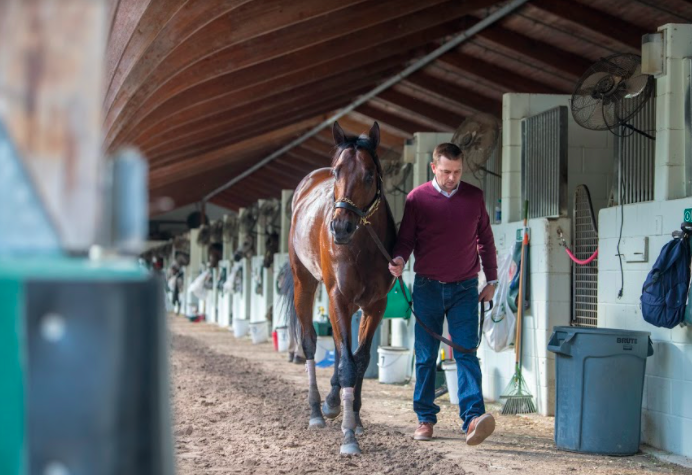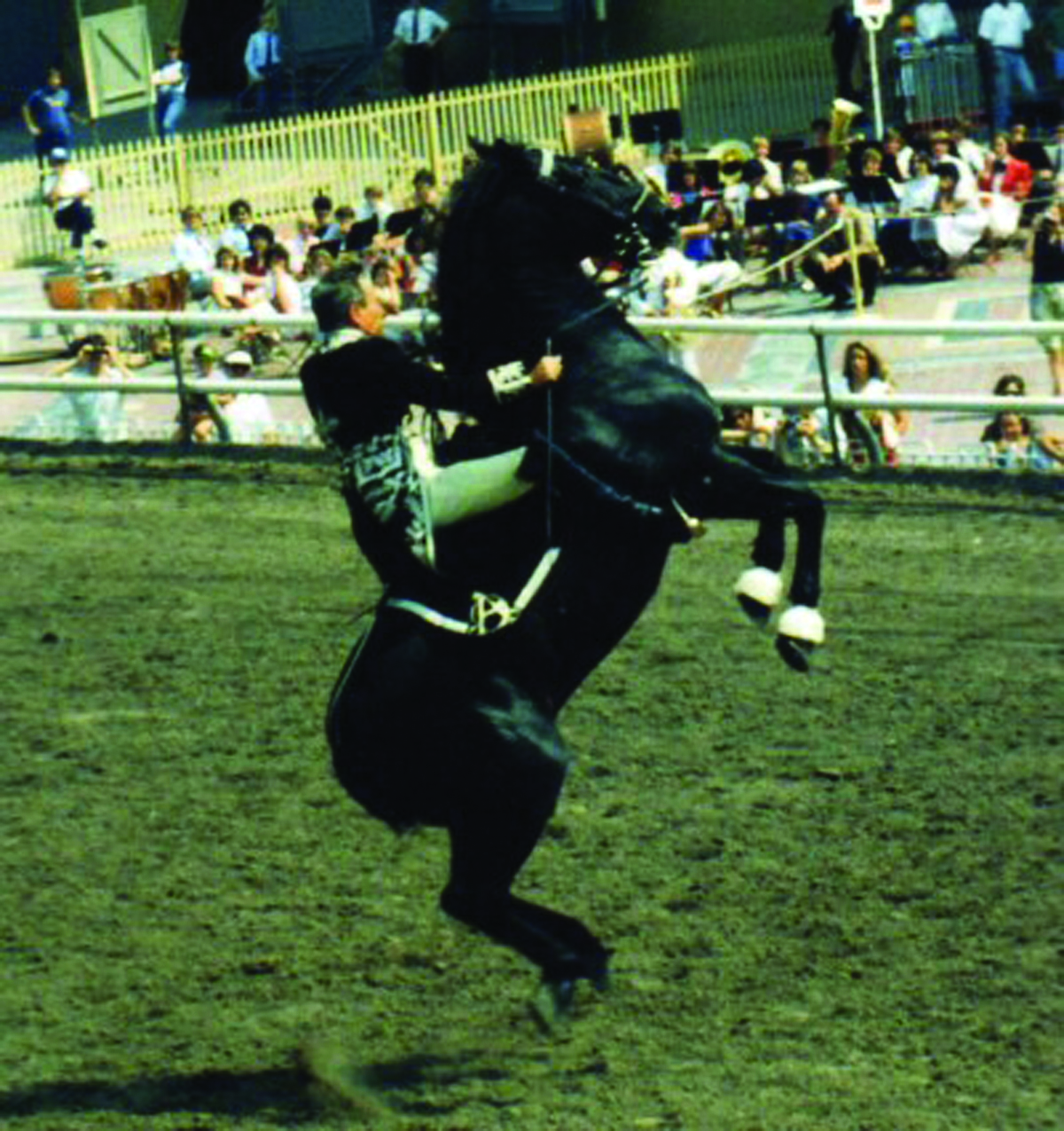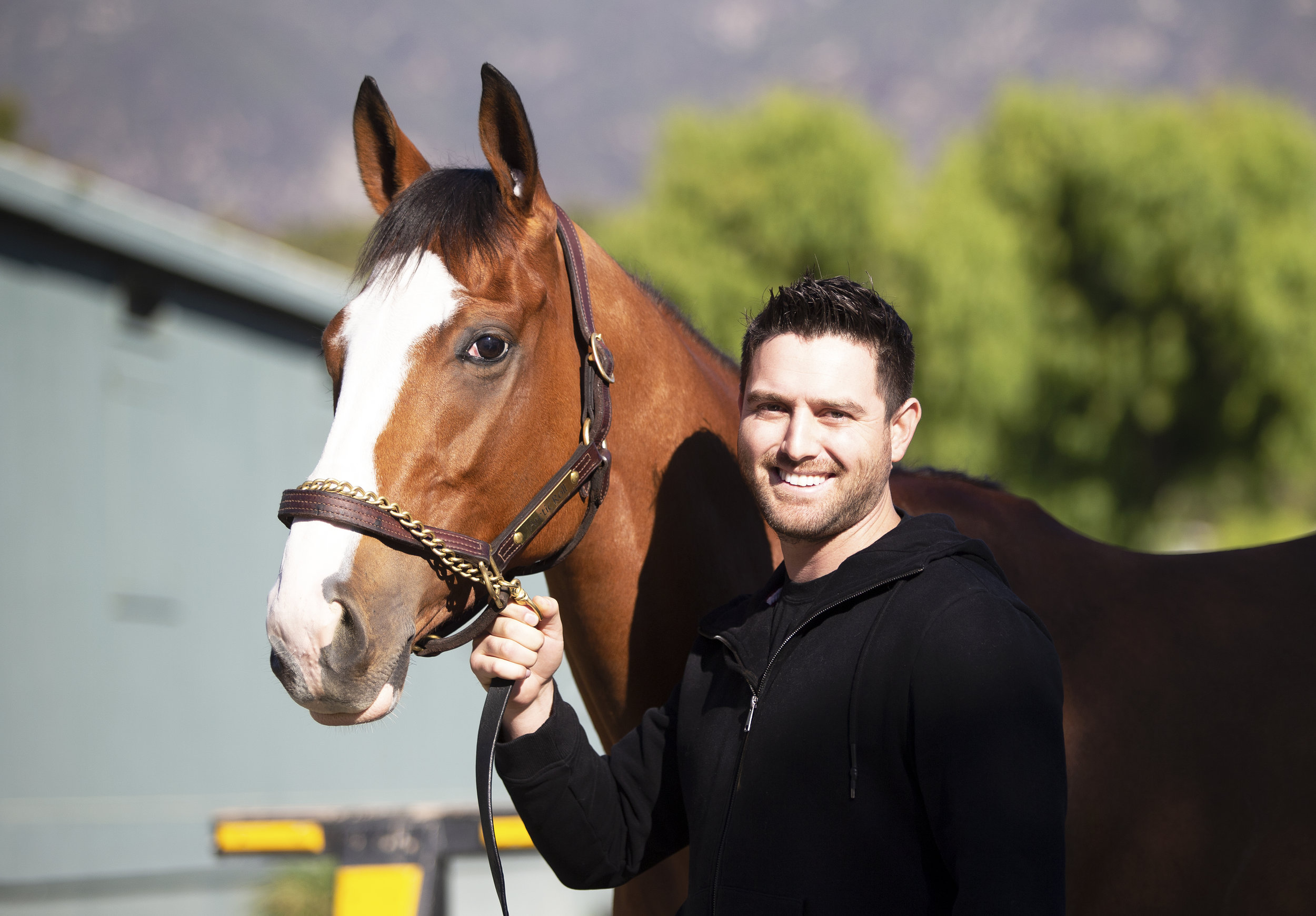Alan Balch - Fiefdoms redux?
/I’m reminded of racing’s counterproductive fiefdoms by a 2008 writing in these pages of the late Arnold Kirkpatrick, my much-revered colleague and friend. Back then, it seemed to him, there were way too many fiefs in the way of industry-wide accomplishments.
To Arthur Hancock’s suggestion that our problems were caused by a lack of leadership, Arnold was “unalterably convinced that our problem is not a lack of leadership but too much leadership.” He counted 183 separate organizations in Thoroughbred racing alone, each with their own agendas and jealousies. “With 183 rudders all pointed in different directions, we have two possible outcomes – at best, we’ll be dead in the water; at worst, we’ll be breaking apart on the rocks.”
In 2024, can it be said, without irony, that this is the best of times, and the worst of times?
In North America, and California in particular, an historic sport and industry contraction is well underway, by every possible indicator – led by the declining foal crop. One might think there has been a corresponding contraction in the list of racing’s organizations; somehow, I doubt that’s true. Nevertheless, in the “Golden State,” once a perennial leader of American racing, we have lost a critical mass of tracks since 2008: Bay Meadows, Hollywood Park, fair racing at Vallejo, San Mateo, Stockton, and Pomona, and Golden Gate Fields this year.
Is it simply a coincidence that this all happened while one racing operator – the Stronach Group -- increasingly dominated and controlled the sport in California, as no track owner ever before was permitted to do?
Arnold’s word “fiefdom” . . . comes back to mind, but now from a different perspective. In European feudal times, as we learned in school, the fief was a landed estate given by a lord to a vassal in return for the vassal's service to the lord. There are a great many California owners, trainers, breeders, jockeys, vendors, fans, and even regulators, who have been wondering how the vassals ever turned the tables.
In a Los Angeles Times interview published on April 5, Aidan Butler, the chief executive officer of 1/ST Racing and Gaming, the Stronach operator, used the term “imbeciles” to describe those who would question the company’s intentions, and perhaps its motives, in sending what was widely perceived as a blatantly threatening letter to the California Horse Racing Board.
Instead, he termed the letter “transparent.” And then stated, “if nothing else, people have been forewarned.” Seconds before, he had claimed that the amount of money Stronach had invested in Santa Anita proved its good intentions. This is the same executive who months earlier had suddenly announced, giving stakeholders notice of only hours, that Golden Gate Fields would be closed within weeks, before changing his mind under pressure from the rest of the industry.
Confused?
Stronach’s track management may be described many ways; truthfully “transparent” is certainly not one of them, despite constant assertions to the contrary. As a private family company, even in a regulated industry, its leaders can claim whatever they want with impunity. After all, the exceptionally valuable real estate on which most (all?) of their track holdings reside appears to make them immune from audit or inspection: they rarely, if ever, are reluctant to tell their racing fraternity vassals that it’s their way or no way. The damage resulting from that attitude is staggering.
Edward J. DeBartolo, Sr., was a predecessor billionaire owner of multiple American tracks. Perhaps, however, because of his ownership of great and successful team sports franchises, among other interests such as construction, retail, and shopping center development, not to mention education and philanthropy, he knew what he didn’t know. He realized he always needed teammates. He delighted in saying to his fellow track owners that managing race tracks was by far the most difficult of all his enterprises, due to the elaborate interdependent structure of racing, and its nearly infinite number of critical component interests, each with different expertise. More complicated than any of his other pursuits, he said! To succeed in racing challenged him to learn, and his success resided in hiring, consulting with, and relying on people who knew more than he did. As it did in all his businesses.
Even to the most oblivious, it can’t have been hidden to the Stronach leadership that entering the heavily-regulated California racing market in the late 1990s would present serious challenges, at least as enormous as the opportunities. Acquiring the two glorious racing properties of Santa Anita and Golden Gate (with a relatively short leasehold at a third, Bay Meadows) had to have been exciting. To someone with the DeBartolo outlook on interdependent management, rather than the inverse, it could have been invigorating and boundlessly successful.
That the opposite has resulted is an enormous tragedy for the sport worldwide, not just in California. After all, the State of California’s economy (as measured by its own Gross State Product) is among the top five in the world, outranking even the United Kingdom’s. How could this happen?
Had Stronach leadership begun, at the outset, consulting and cooperating in good faith with its California partners (including regulators, legislators, and local communities, not to mention fellow racing organizations, the owners, trainers, breeders, and other tracks), learning from them as teammates rather than dictating to them, California racing would look far different now than it does. Its imperious and constantly changing management leadership compounded perennial problems and threats, not to mention complicating the industry’s politics and standing in California sports. Obvious failures to understand California markets and invest in sophisticated communications and marketing also have been apparent, despite continual assertions to the contrary.
Is there still hope for California racing? Yes . . . but if and only if honest humility suddenly appears from Stronach leaders, and immediate, sincere engagement occurs with all the rest of the interdependent entities upon whose lives and success the racing industry depends.









![“On, no,” you’re saying to yourself, “not more politics!”But stop and think: American racing is and has been since the 1930s essentially political, since it’s a state-regulated industry. It’s about to add another layer of government regulation, now that in their mutual wisdom The Jockey Club, United States Congress, and former President of the United States have just enacted new legislation to elaborate racing regulation still further. And complicate it?The last time I wrote about subjects I’m going to raise again here, I was accused by one of our most prominent readers of being a “socialist,” and that sprang to mind when I was assailed the same way very recently by another prominent personage. I know that one of them is a strong supporter of the new “Horseracing Integrity and Safety Act,” or HISA.My former students at Harvard College would get a serious jolt out of that accusation; they used to call the classes in Government I taught “Firing Line,” after William F. Buckley’s right-wing conservative television program of the day. I once read aloud to them paragraphs from a Lincoln Day speech delivered by a prominent politician, and largely written by one of my academic mentors who had been showered in infamy for his work with Barry Goldwater. I didn’t tell them that, of course. And then I asked them who they believed delivered those ringing sentiments.“JFK,” came shouted back. “FDR. Justice [Hugo] Black. Justice Douglas.” Liberal lions all. Then I read another famous line from the same speech, about the “nattering nabobs of negativism,” and they all realized the parts of the speech they loved had also been delivered by one Spiro T. Agnew, former Vice President of the United States. Labels, like stereotypes, are diversions from objective analysis. As we assess what ails our sport, and ideas to improve it, labeling a person or an idea “socialist” (or anything else) is just plain counterproductive. We have to confront objective reality and consider all possible corrective means.A hundred years ago – when this really was the Sport of Kings -- it relied then as it still does now on all the commoners. Both kings and commoners love to bet, but there are way more of the latter than the former, and now a great many owners are commoners, too. Back then, virtually everyone recognized that a sport so afflicted with temptations to dishonesty and corruption needed serious governmental oversight if it was to survive and prosper. Yet our racing forefathers were hardly “socialists”! So were born pari-mutuel wagering, the totalizator, and testing for forbidden substances, among countless rules across dozens of American states to build and retain public confidence in the integrity of our sport. Does such government intrusion and oversight smack of “socialism”? To some or many, yes. And they bring with them their own problems of potential misconduct and unfairness in administration. Whether king or commoner, whether citizen or government official, we all share one thing: human nature.](https://images.squarespace-cdn.com/content/v1/517636f8e4b0cb4f8c8697ba/1614067756732-WVVFHYY68RO0IB43Z9OE/Adam+Smith+-+author+of+_The+Theory+of+Moral+Sentiments_.png)


















